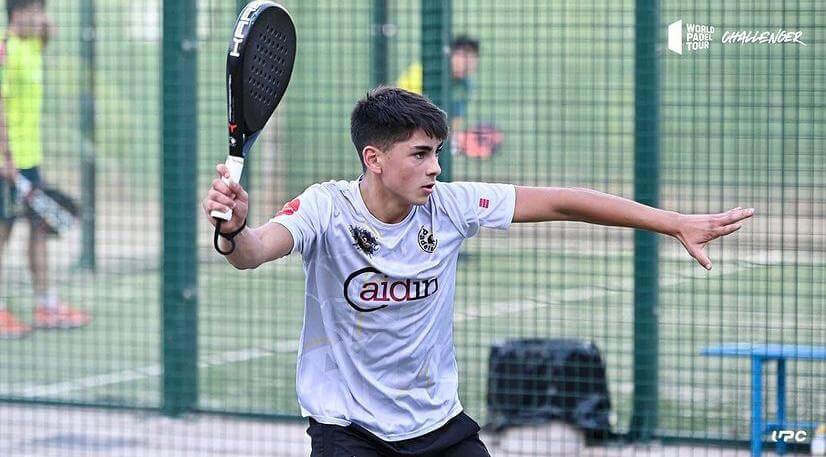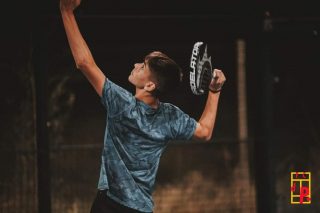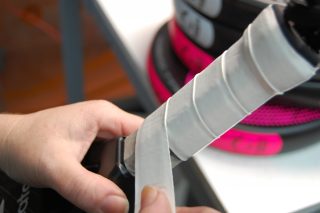
The benefits of playing paddle are not limited to fun and healthy competition. Could you tell the muscles that are exercised playing paddle? Or if 30 minutes of play a week is an effective prevention of various diseases? Keep reading! We answer these questions and many more below.
What are the benefits of playing paddle?
That feeling of ecstasy at the end of an encounter has a biological explanation. Also the acceleration of your heart rate, the tightness of the muscles and the good night’s sleep that will await you. What goes on in your mind? And in the rest of your corporeal machinery? We tell you in 4 points:
- Reduction of stress and reward system: pleasure after training is widely studied by science. In an aerobic sport such as paddle, in which you exercise the cardiovascular system, your brain releases dopamine. This hormone is responsible for decreased stress as well as regular sleep. On the other hand, it will make you, over time, associate pleasure with physical activity.
- Problem solving: It’s not just your hands that have to act strong and fast. Also your mind. It produces calculations of distance, speed, trajectory and many others. Strategy is key when playing paddle. The brain will take advantage of that training for other situations in life.
- Promotes social skills: sports in pairs, or in teams, have an undeniable social component. Whether you are shy or the life of the party, the paddle tennis court makes us all equal. Likewise, playing with classmates and having a communicative attitude usually rewards with better performance.
- Healthy and toned body: the most palpable benefit of playing paddle is an improvement in physical condition. If you are not used to playing sports, this is by far a fantastic option. It demands effort from the upper and lower limbs, chest, shoulders and back.
Muscles that are exercised playing paddle
Would you like to know in detail the muscles that are exercised playing paddle? Here we break them down into each structure of the body.
Upper limbs as one of the muscles that are exercised playing paddle
- Shoulders: Includes the rotator cuff, trapezoids, deltoids, and large and angular dentates.
- Biceps: one of the most valued, it facilitates the flexion and rotation of the arm in blows.
- Triceps: Difficult to train in other sports, encourages forearm extension.
Trunk muscles
- Squats: For basic shots, like the flat backhand, abdominal strength is key.
- Pectorals: Whether in serves or in balloons, it is a crucial muscle during the game.
Lower limbs
- Quadriceps: Any punch that involves the hips goes through the quadriceps. That is to say, almost all the paddle movements.
- Glutes: muscle that is difficult to tone, in this sport it serves to support the pelvis and rotate the body.
- Hamstring muscles: in short runs to reach the ball, the biceps femoris, semitendinosus and semimembranosus play a fundamental role.
- Triceps surae: Both the gastrocnemius and the soleus support the body in speed movements. In that sense, they will also be useful when you stretch your body to deliver a punch.
Although not strictly a muscle, the heart is made up of muscle tissue. Since it is very easy to exceed 110 bpm (exercise threshold) in a game, this sport reduces the chances of heart attacks and cardiovascular diseases.
Have we already convinced you of the benefits of playing paddle ? Dare to get started in this sport. The number of practitioners is such that you will surely find opponents of your level. In addition, it will not take long to make a group and find people to play paddle tennis and, of course, go out for a drink afterwards.




